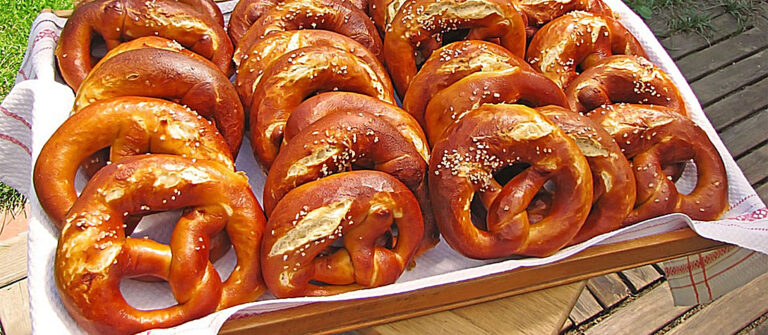Introduction: Street Food in Romania
Romania’s street food scene has been gaining popularity among locals and tourists alike owing to its unique blend of flavors and diverse range of dishes. Street food vendors in Romania offer a wide range of food options, from traditional Romanian cuisine to international favorites. The street food scene in Romania is an excellent way to experience the country’s culture and heritage in a truly authentic way.
Historical Perspectives: Origin of Romanian Street Food
Street food has been a part of Romanian culture for centuries. The country’s strategic location between Europe and Asia has made it a melting pot of cultures and cuisines. Traditional Romanian street food items like mici, langos, and covrigi have been around for generations. The traditional street food culture has been influenced by the Ottoman Empire, which once ruled over Romania, and by the country’s proximity to Hungary, Serbia, and Bulgaria.
Popular Street Food Items in Romania
Mici, which is a type of grilled sausage made from a mixture of beef and pork, is perhaps the most popular street food item in Romania. Another popular street food item is langos, a deep-fried dough topped with a variety of toppings, including cheese, sour cream, and garlic. Covrigi, which is a type of pretzel, is another popular street food item in Romania.
Ingredients and Preparations of Street Food in Romania
Street food in Romania is made using fresh and locally sourced ingredients. Most street food vendors use traditional recipes that have been passed down for generations. Mici, for instance, is made from a mixture of beef, pork, and spices. The dough for Langos is made from flour, water, yeast, and salt and is fried until crispy. Covrigi is made from a mixture of flour, yeast, and salt and is boiled in water before being baked in the oven.
Street Food Culture: Vendors and Customers
Street food vendors in Romania are an integral part of the country’s culinary heritage. Most vendors are passionate about their food and take pride in the dishes they serve. The street food scene in Romania is also an excellent way to mingle with locals and experience the country’s culture. Customers can interact with vendors and learn about the ingredients and preparation methods used in their food.
Regulations and Safety of Romanian Street Food
The Romanian government imposes strict regulations on street food vendors to ensure the safety and hygiene of the food they serve. Vendors must obtain a license from the local authorities before they can sell food on the streets. Vendors are also required to adhere to strict hygiene standards and undergo regular inspections to ensure the quality and safety of their food. As a result, street food in Romania is generally safe and of high quality.

